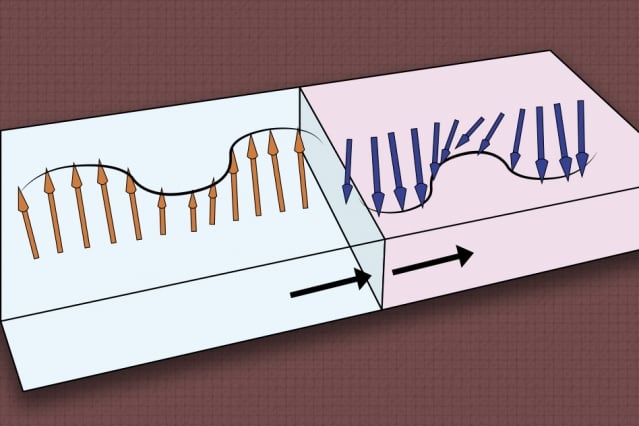
Researchers at MIT have designed a new innovative circuit design that instead of requiring electricity, relies on magnetic waves.
The novel design is a promising step forward in making practical magnetic-based devices a reality.
Magnetic based devices, known as “spintronics”, have been touted as potentially being far more efficient than conventional electronics — this is because electronics waste a lot of heat and require significant amounts of energy for computing.
Rather than relying on electricity, spintronic devices leverage the “spin-wave” — a quantum property of electrons — in magnetic materials with a lattice arrangement. The approach involves modulating the spin wave properties for measurable output that can be correlated to computation.
According to MIT News Office’s Rob Matheson, “Until now, modulating spin waves has required injected electrical currents using bulky components that can cause signal noise and effectively negate any inherent performance gains.”
The MIT researchers created a circuit architecture that doesn’t require any extra components or electrical current. They achieved this by developing a nanometer-wide magnetic domain wall in layered nanofilms of cobalt/nickel to modulate a passing spin-wave.
The researchers showed that a spin wave can be tuned to control the location of the wall, providing control of two changing spin wave states. These two spin wave states correspond to the 1s and 0s used in classical computing.
The team says that the mutual interaction between spin waves and the magnetic domain wall opens up the possibility of realizing all-magnon spintronic devices.
“People are beginning to look for computing beyond silicon. Wave computing is a promising alternative,” says Luqiao Liu, a professor in the Department of Electrical Engineering and Computer Science (EECS) and principal investigator of the Spintronic Material and Device Group in the Research Laboratory of Electronics.
“By using this narrow domain wall, we can modulate the spin wave and create these two separate states, without any real energy costs. We just rely on spin waves and intrinsic magnetic material.”
Journal Reference
“Mutual control of coherent spin waves and magnetic domain walls in a magnonic device”
Jiahao Han, Pengxiang Zhang, Justin T. Hou, Saima A. Siddiqui, Luqiao Liu
Science 29 Nov 2019:
Vol. 366, Issue 6469, pp. 1121-1125
DOI: 10.1126/science.aau2610
